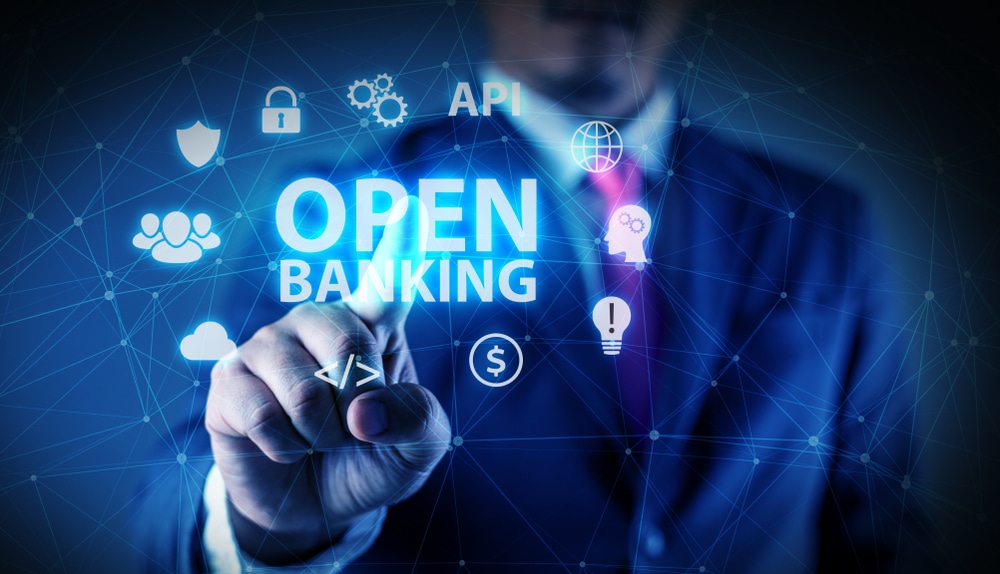Historically, banks have monopolized financial services, but the advent of total digitalization and the rise of FinTech have provided users with alternatives. However, the implementation of open banking, driven by the PSD2 directive in the European Union, is poised to disrupt both FinTech and the banking industry.
It will dismantle market barriers, paving the path for intense competition and reshaping the rules of the game. Read this article to find out how open banking is creating facilities for a better future experience.
Access to Different Accounts Through a Single Service
The emergence of Account Information Service Providers (AISPs) under Open Banking architecture enables users to access various bank accounts through a single, convenient service. This encourages competition in the financial sector while enhancing service quality, offering users more choices for managing their finances. Moreover, this accessibility streamlines online payments, peer-to-peer lending, and transactions through digital wallets and mobile banking.
Increasing Financial Safety
The PSD2 directive prioritizes user security in digital banking by reducing reliance on screen-scraping practices. Open Banking mandates third-party services to obtain licenses, ensuring compliance with security protocols and regulations. Users gain control over the sharing of financial information, enhancing their confidence in digital financial environments and fostering trust in FinTech companies.
Convenient and Cost-Effective Money Movement
Payment Initiation Service Providers (PISPs) facilitate instant and inexpensive payments through API connections at multiple banks. This revolutionary change in payment processing simplifies bill payments, purchases, and money transfers, ensuring ease, speed, and safety in transactions. Additionally, it augments the capabilities of payment providers and gateways, further enhancing the digital payment ecosystem.
Forecasting and Personalization
Open Banking motivates third-party companies to utilize Big Data and machine learning, enhancing predictive capabilities and personalizing financial services. Access to extensive user data enables accurate forecasting, optimizing financial decision-making, and enhancing user experience. Personalized services cater to users’ unique needs, offering tailored financial products and advice through robo-advisors and mobile banking platforms.
Conclusion
Open Banking is a step towards a transformative era in the financial industry, redefining the user experience landscape through innovation and accessibility. By facilitating seamless access to diverse accounts, simplifying money movement, enhancing financial safety, streamlining onboarding processes, and enabling personalized services, Open Banking empowers users and encourages competition among FinTech companies.
As the journey of Open Banking unfolds, its impact on online payments, peer-to-peer lending, digital wallets, robo-advisors, mobile banking, and business debit cards will continue to shape the future of finance.
